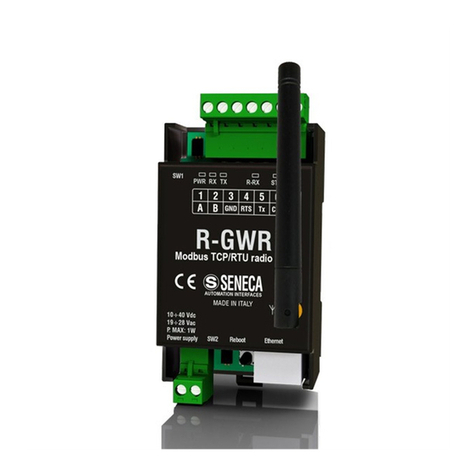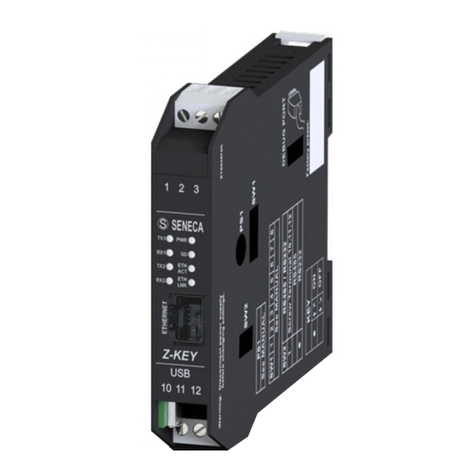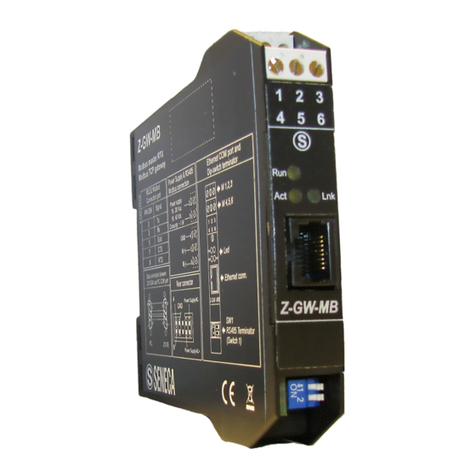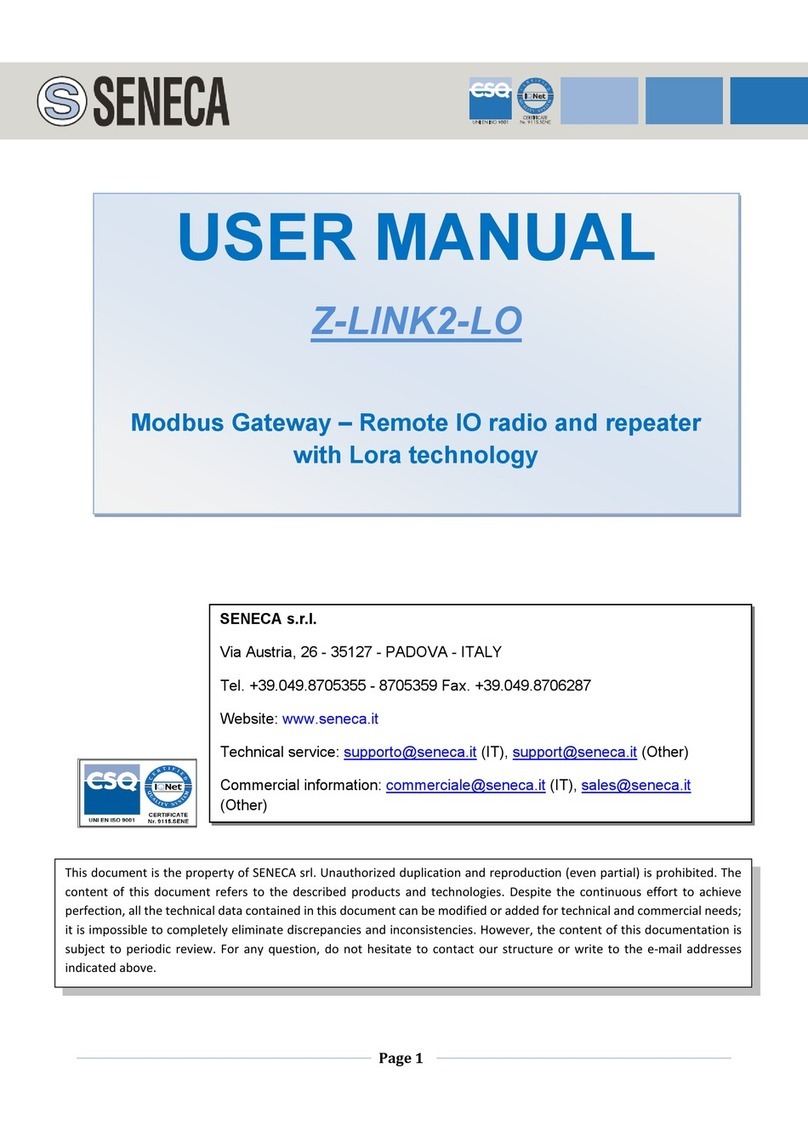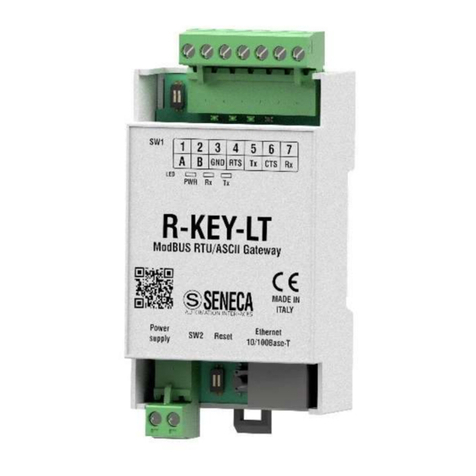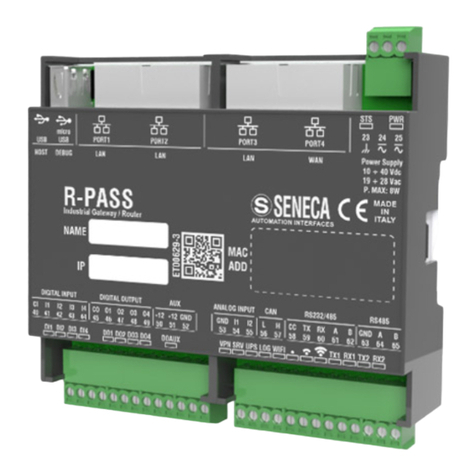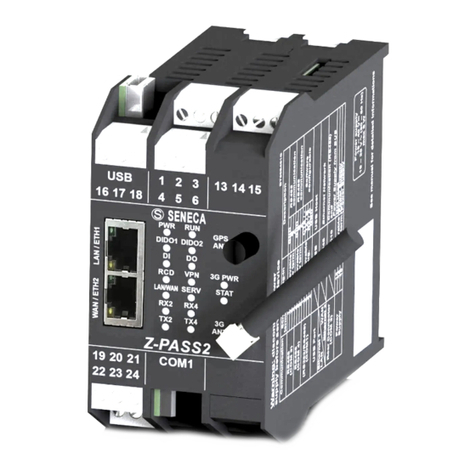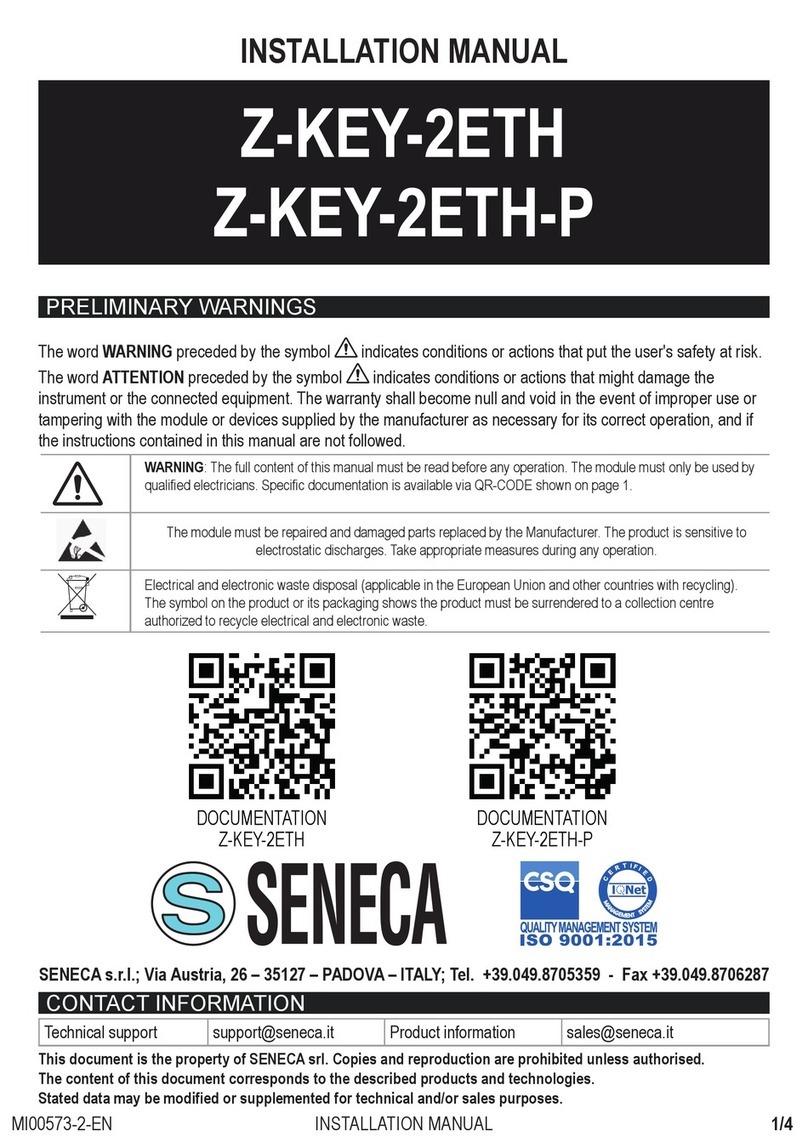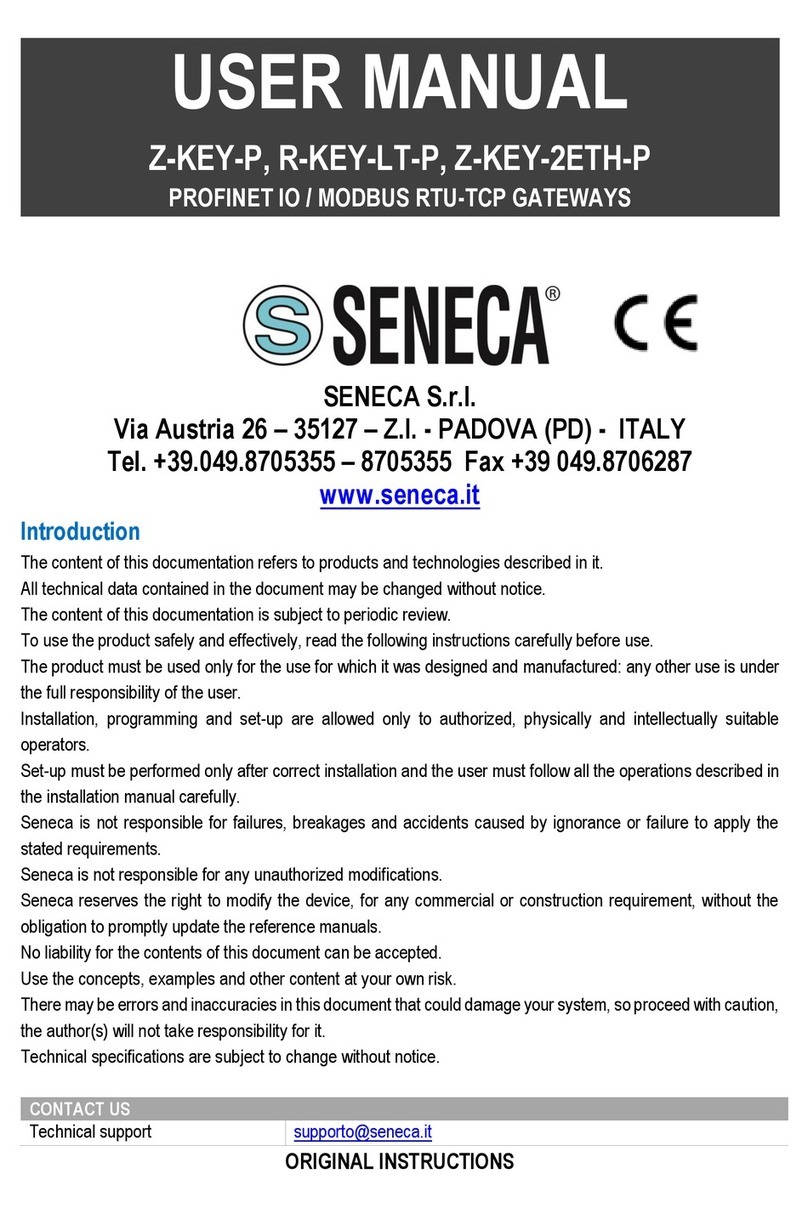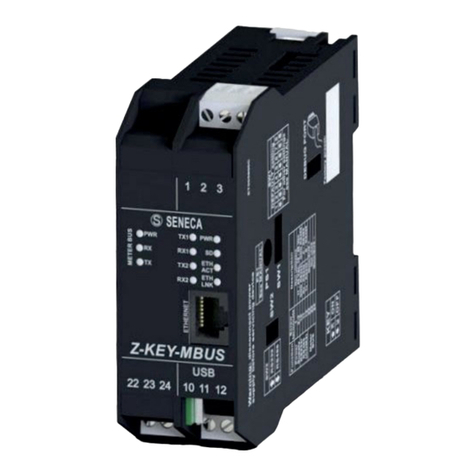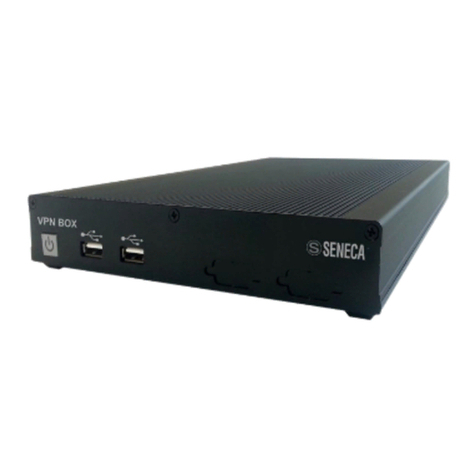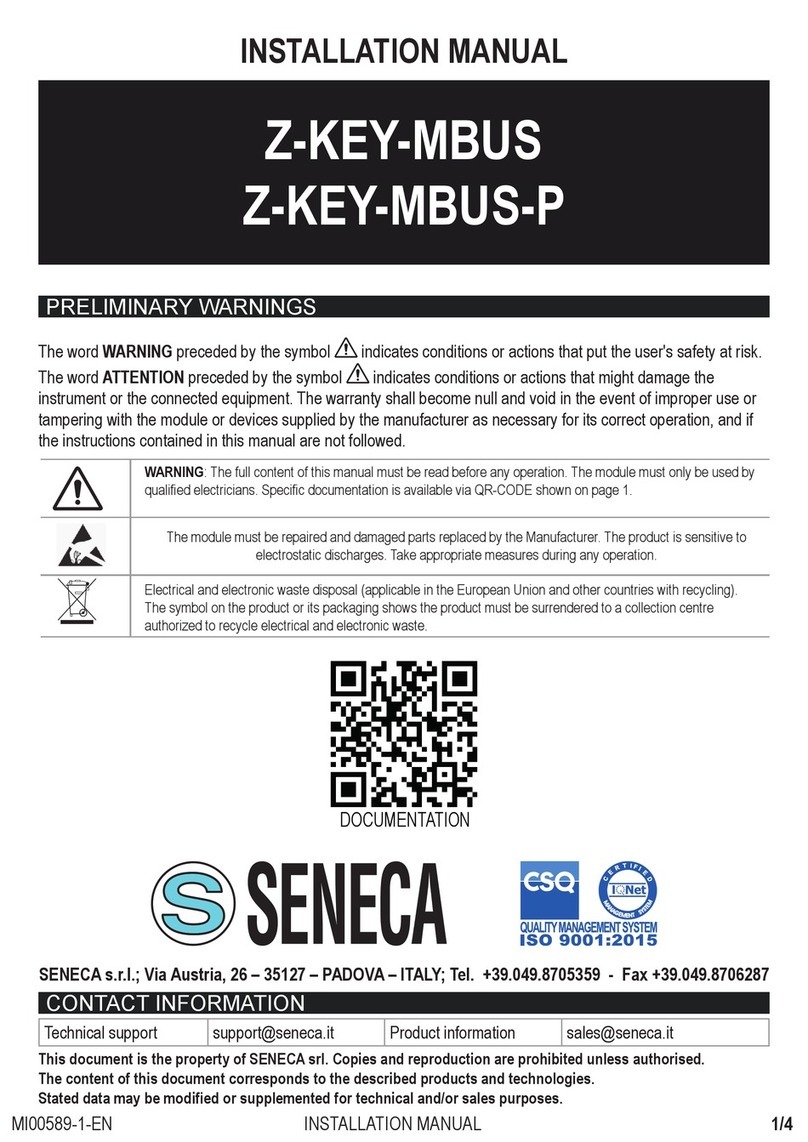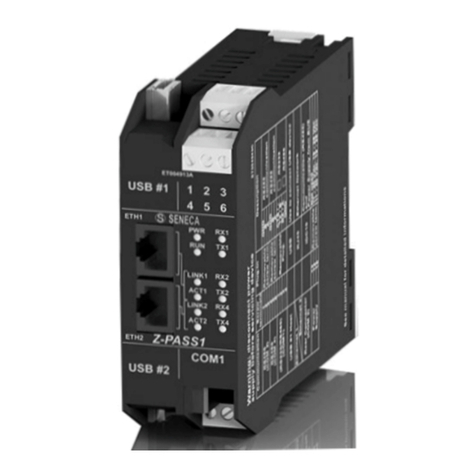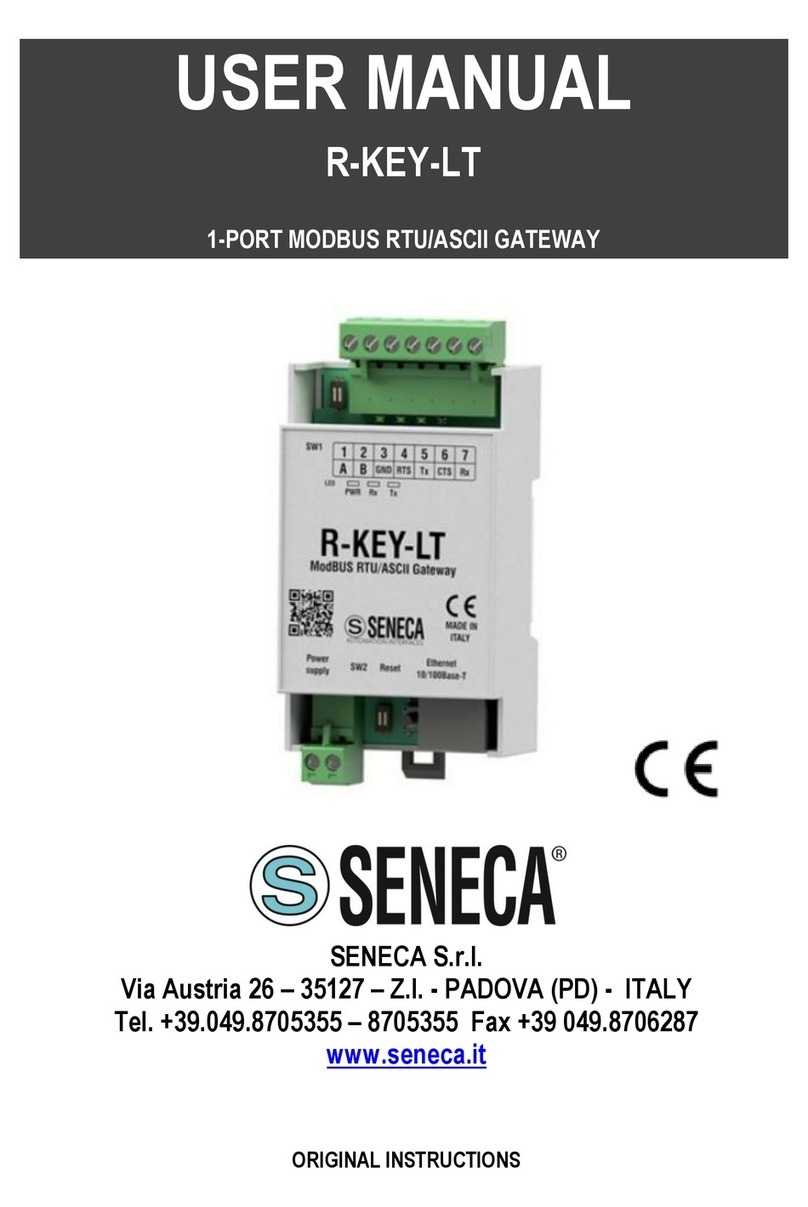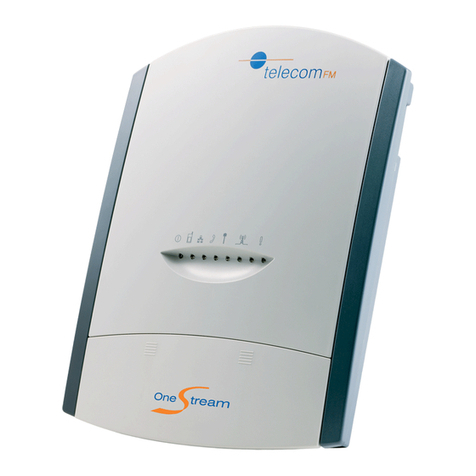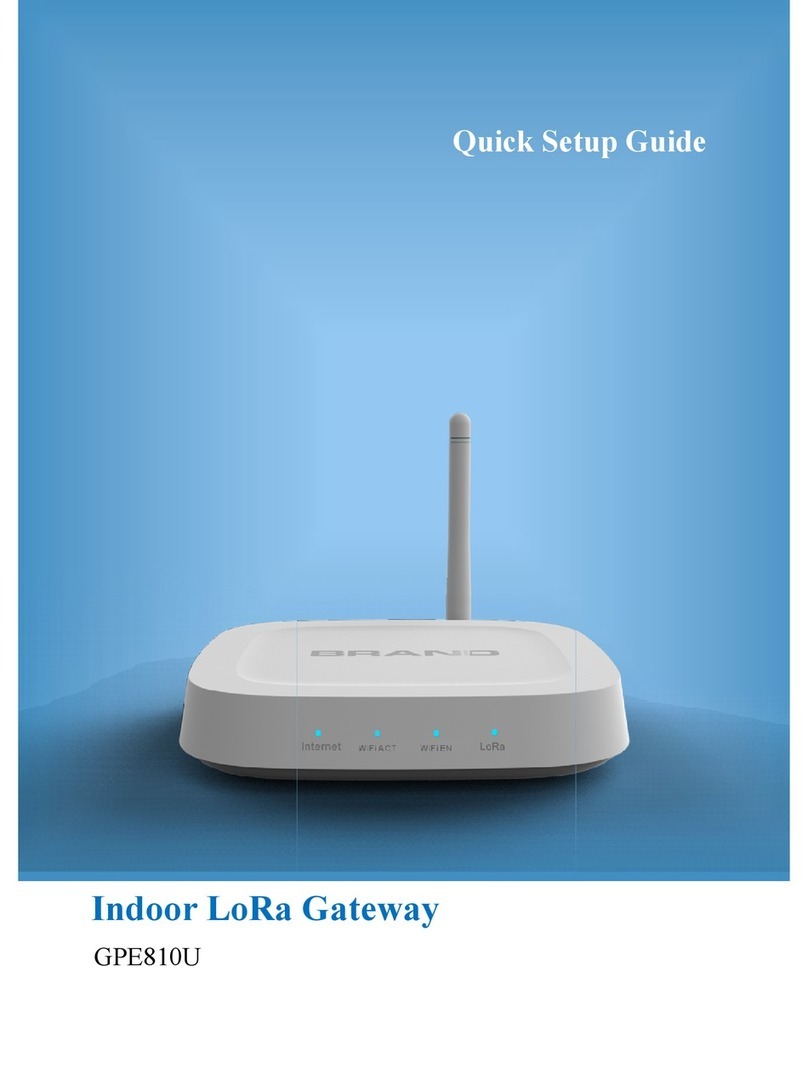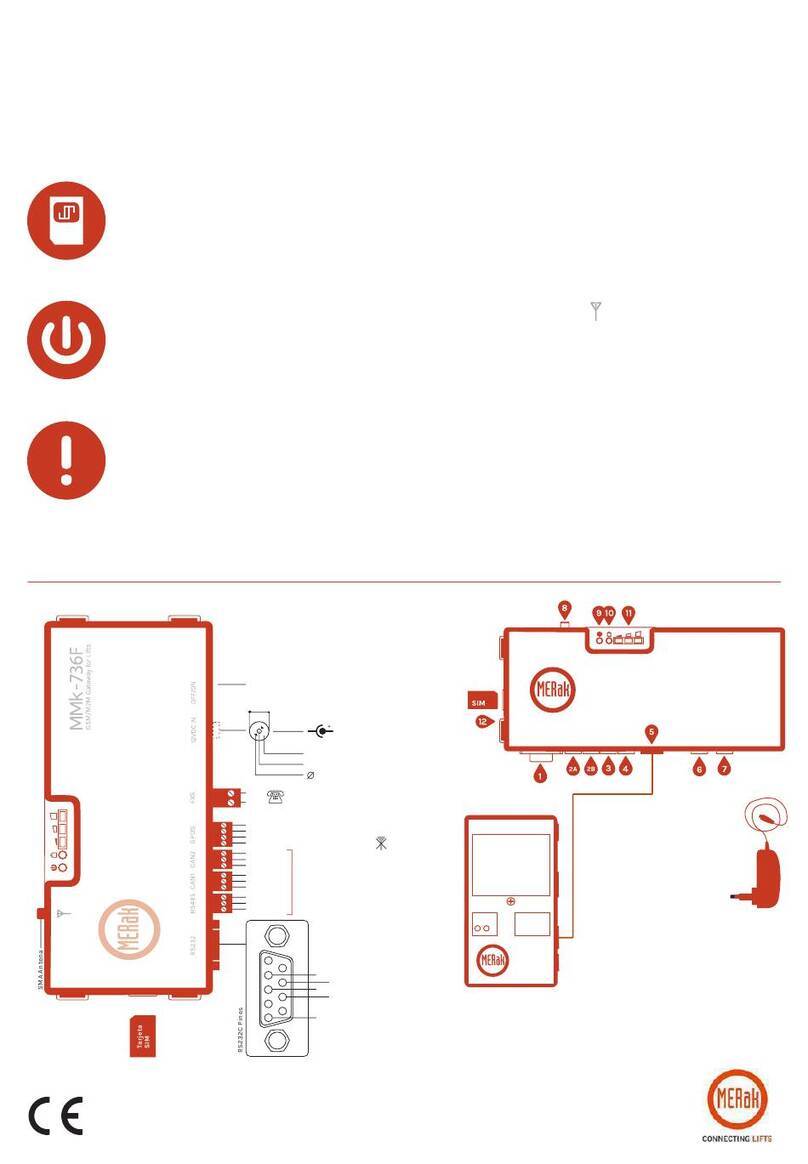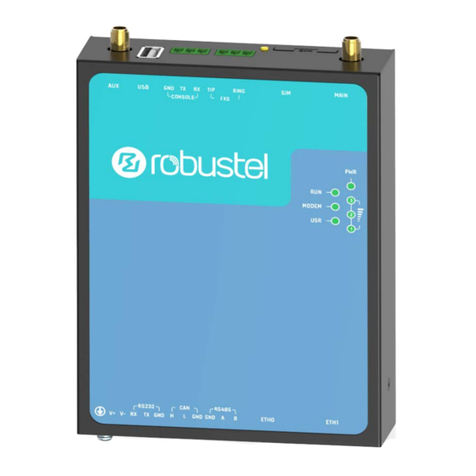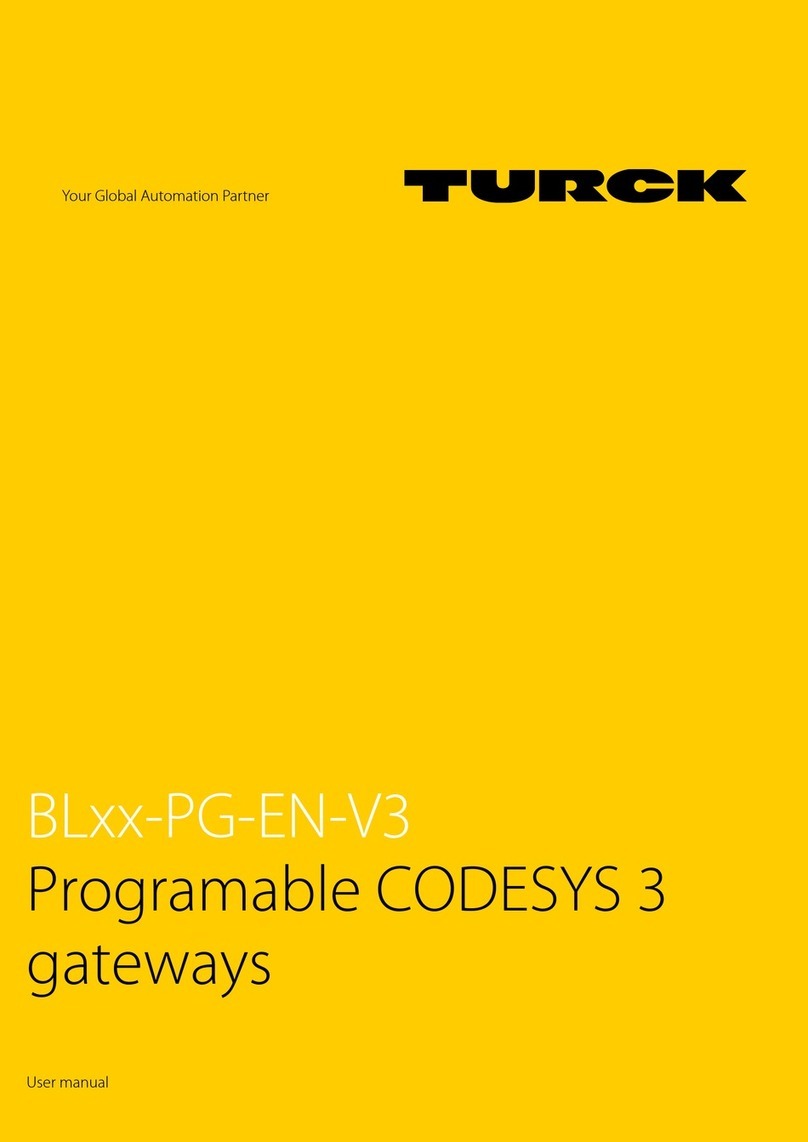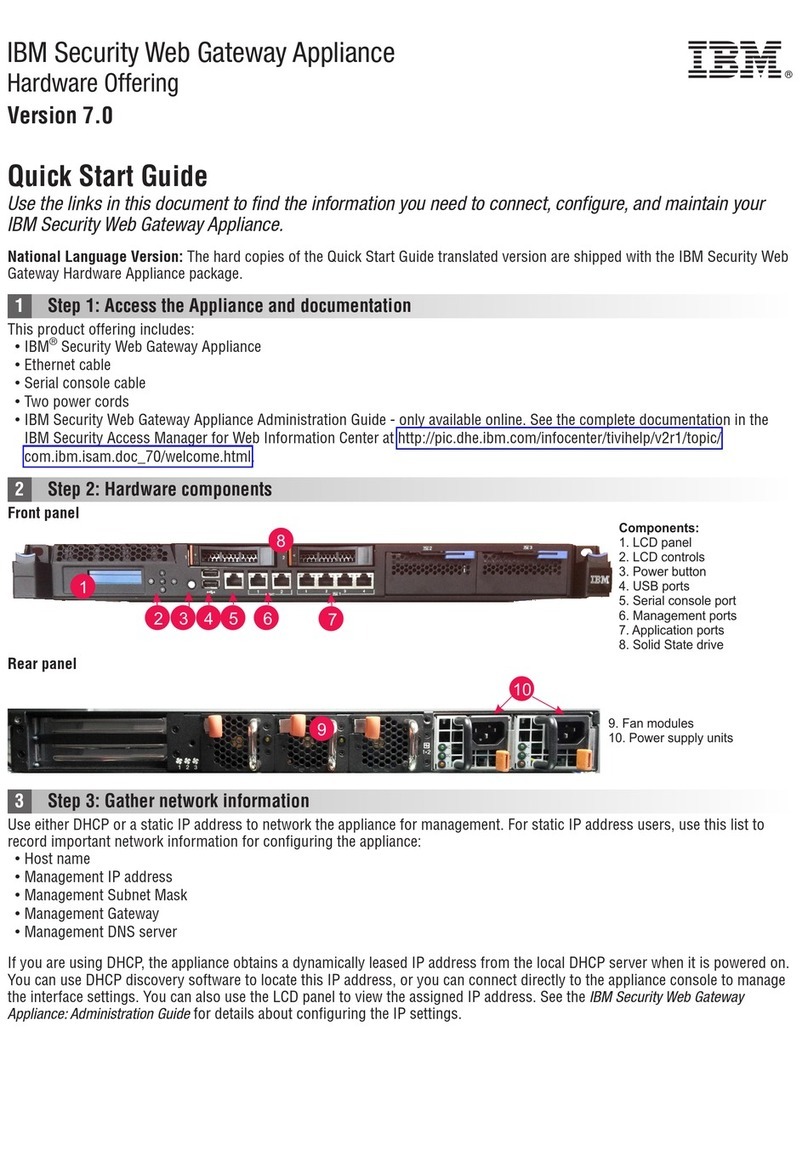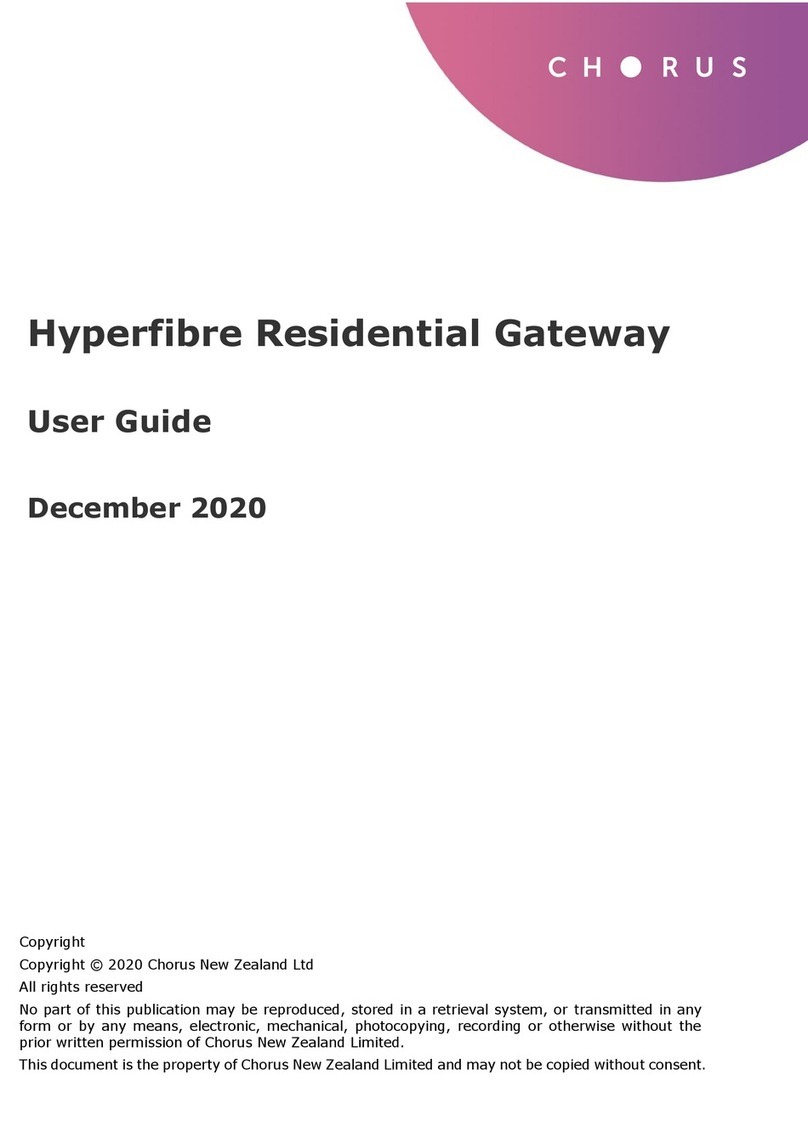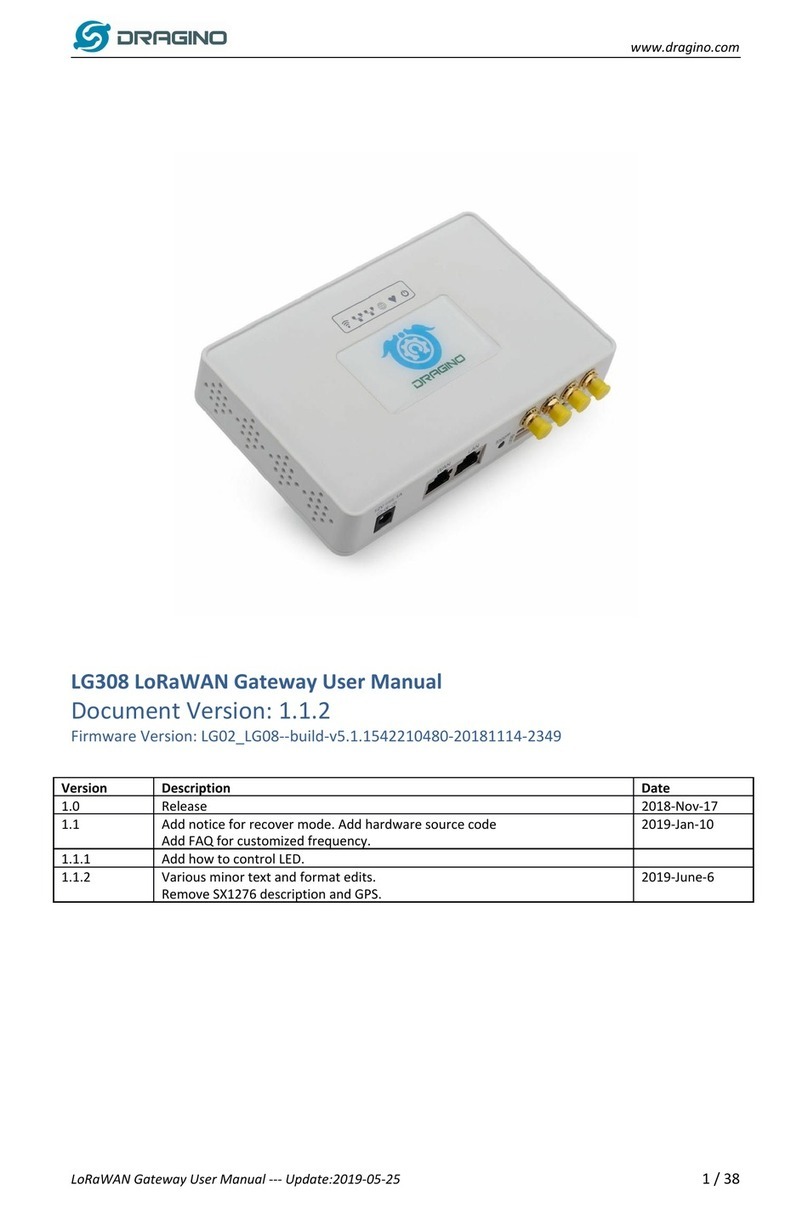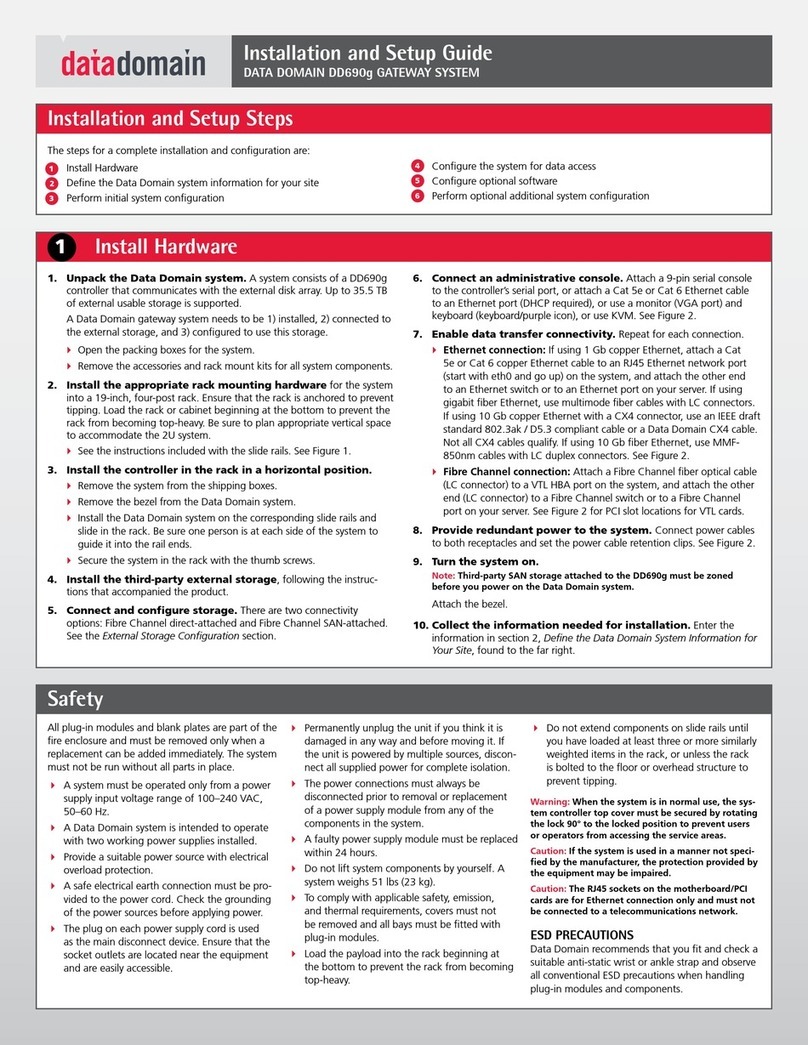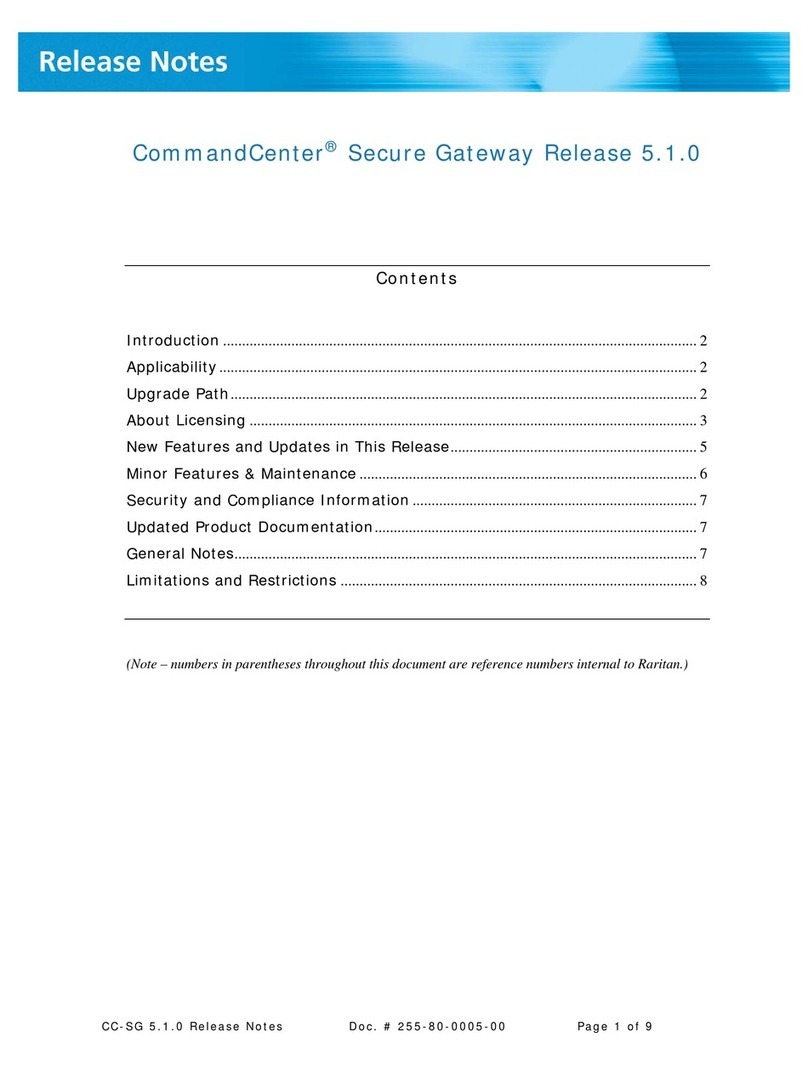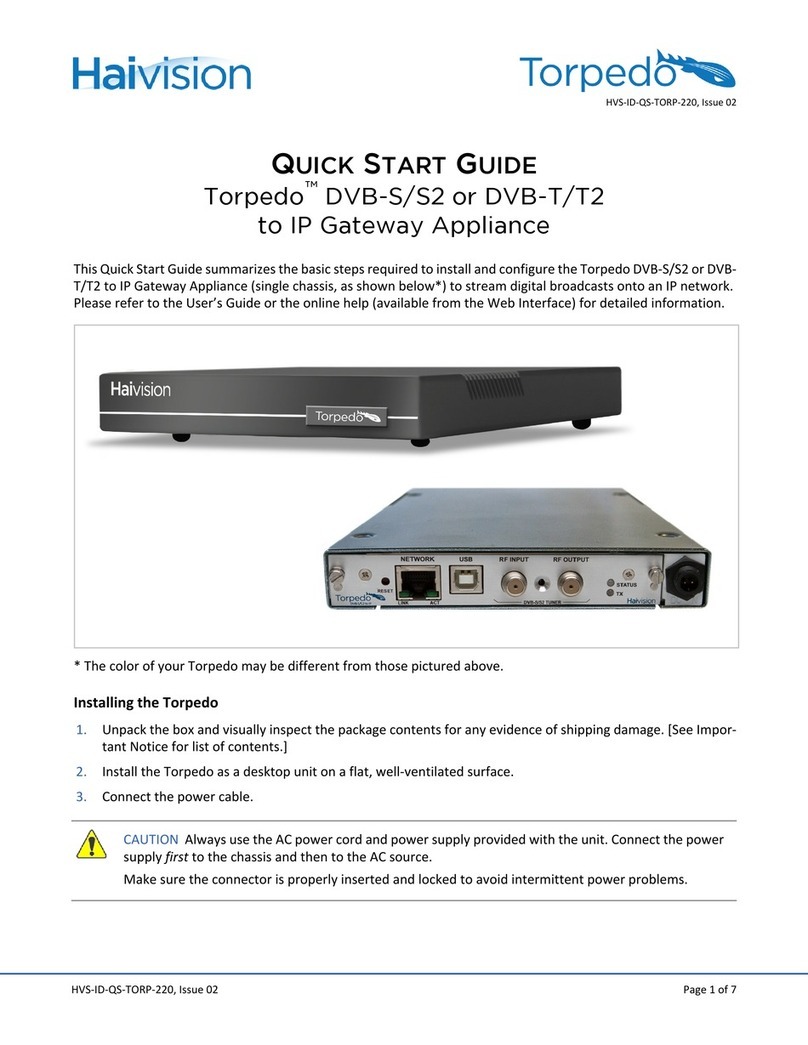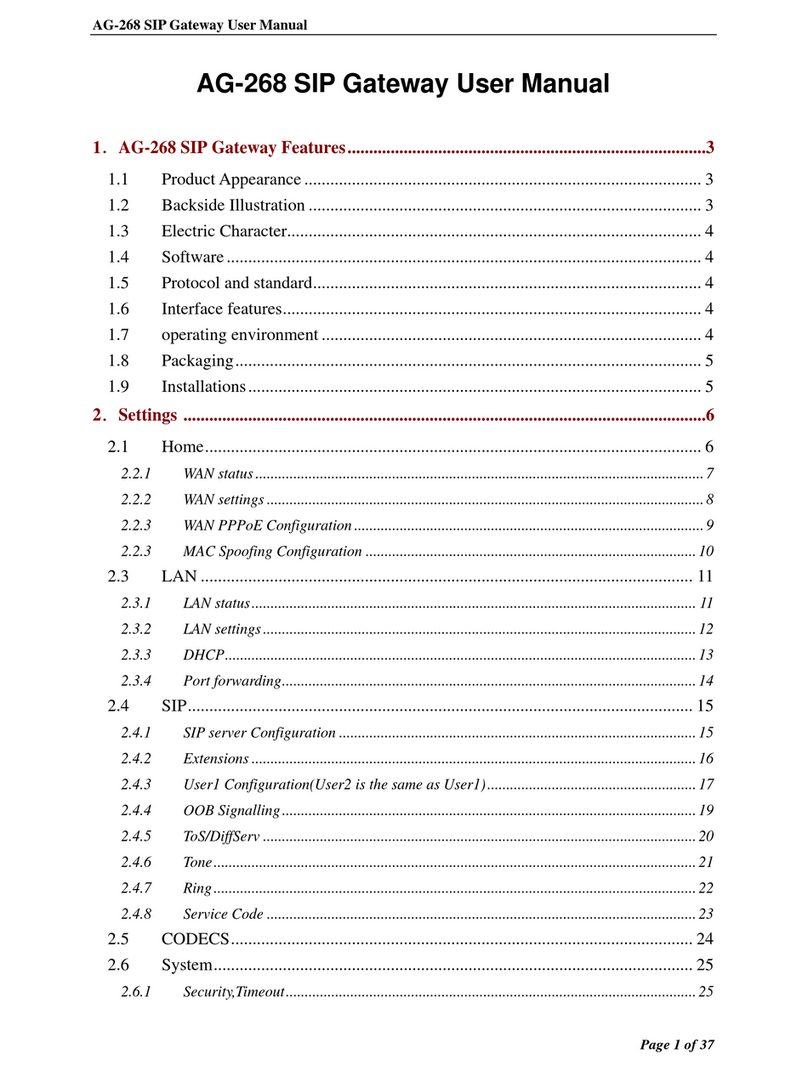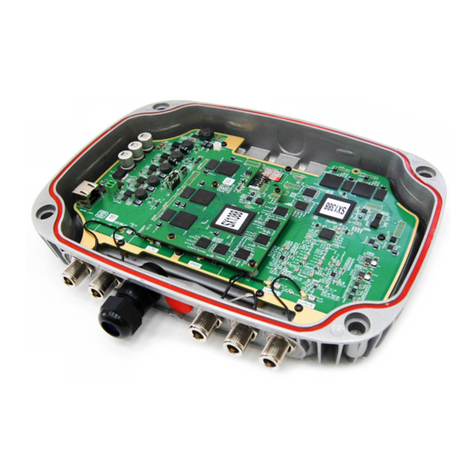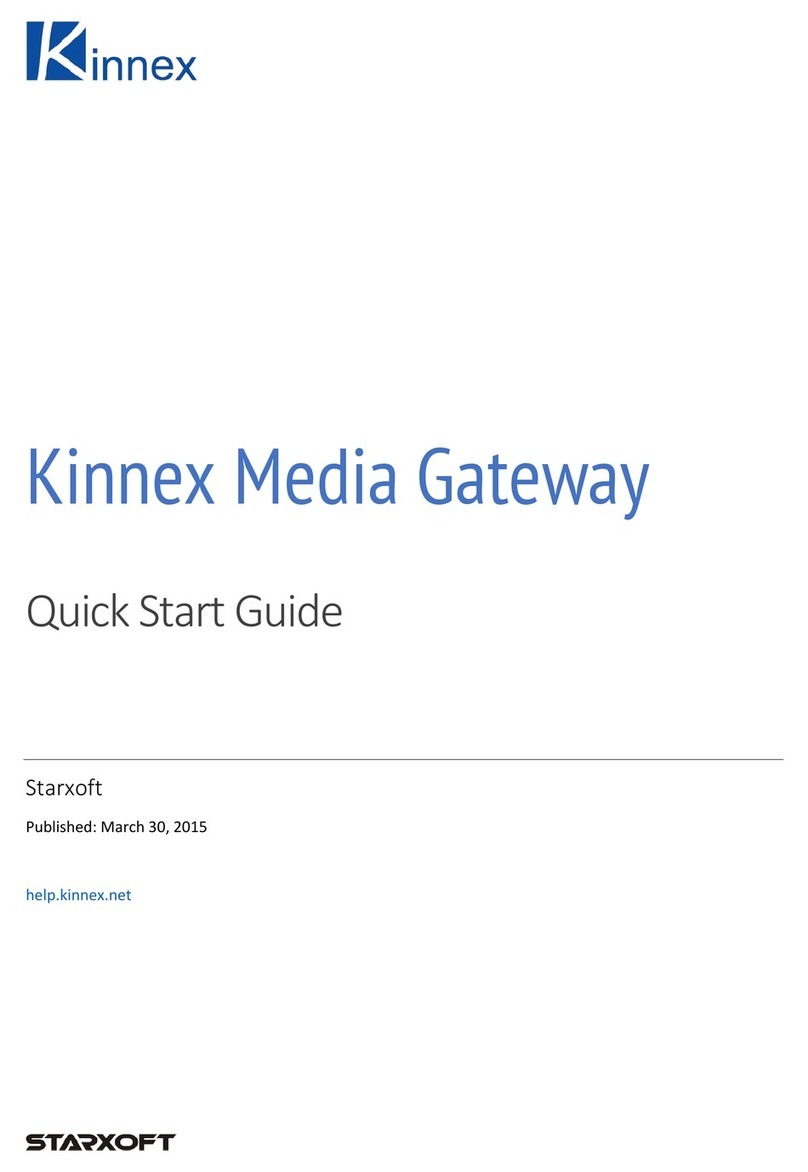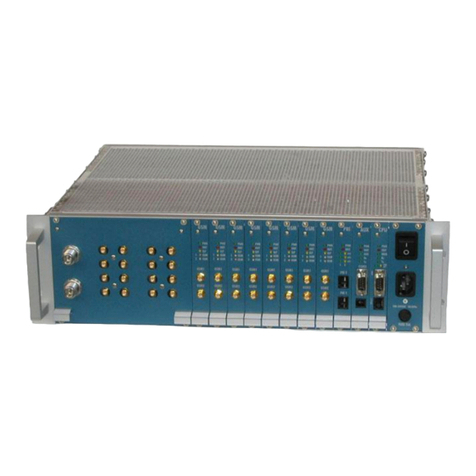
ALL RIGHTS RESERVED. NO PART OF THIS PUBLICATION MAY
BE REPRODUCED WITHOUT PRIOR PERMISSION.
TABLE OF CONTENTS
INTRODUCTION...........................................................................................................41. DESCRIPTION..........................................................................................................................................................................41.1.
Z-KEY-P COMMUNICATION PORT SPECIFICATIONS .........................................................................................................51.2.
ETHERNET PORT........................................................................................................72.
WEBSERVER MODE AND PROFINET MODE............................................................73.
STEP BY STEP GUIDE FOR THE FIRST ACCESS TO THE WEBSERVER ..............84.
CONFIGURING THE DEVICE FROM EASY SETUP 2................................................95.
WEBSERVER DEVICE CONFIGURATION..................................................................96. WEBSERVER SECTIONS......................................................................................................................................................106.1.
“STATUS” SECTION .............................................................................................................................................................116.2.
“SETUP” SECTION................................................................................................................................................................116.3.
SAVING A CONFIGURATION ON A FILE.........................................................................................................................146.3.1.
IMPORTING A CONFIGURATION FROM A FILE.............................................................................................................156.3.2.
"TAG SETUP" SECTION .......................................................................................................................................................156.4.
"FIRMWARE UPDATE" SECTION ........................................................................................................................................166.5.
“DATABASE UPDATE” SECTION........................................................................................................................................166.6.
MAPPING OF MODBUS TAGS ON PROFINET ........................................................177.
SUPPORTED MODBUS COMMUNICATION PROTOCOLS .....................................188. SUPPORTED MODBUS FUNCTION CODES........................................................................................................................188.1.
STEP BY STEP CONFIGURATION EXAMPLE OF THE DEVICE USING THE9.
WEBSERVER....................................................................................................................19
STEP-BY-STEP CONFIGURATION EXAMPLE WITH A SIEMENS™ PLC THROUGH TIA PORTAL™16 ........................219.1.
STEP-BY-STEP CONFIGURATION EXAMPLE WITH A CODESYS™ 3.5 PLC ..................................................................389.2.
MODBUS DIAGNOSTICS.......................................................................................5110.
RESETTING THE DEVICE TO ITS FACTORY CONFIGURATION........................5211.
EXCEL TEMPLATE.................................................................................................5212.
MODBUS TCP-IP SERVER AND MODBUS PASS-THROUGH.............................5213.
